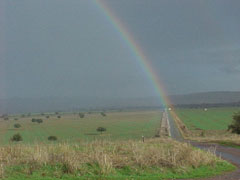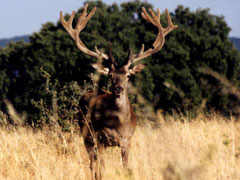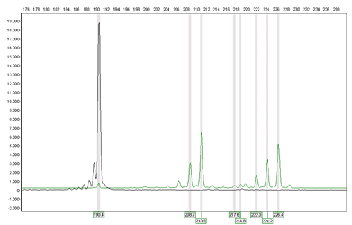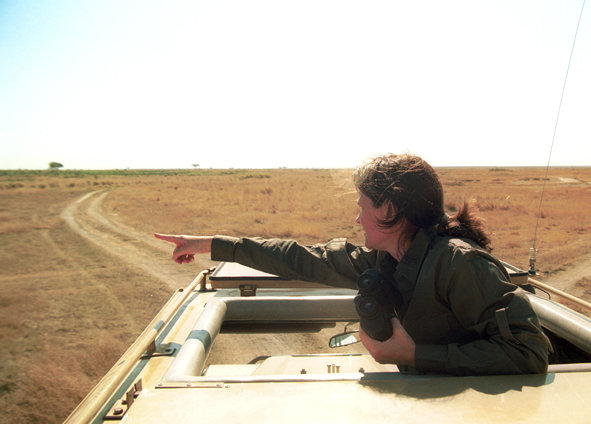Research

 |
 |
Male reproductive success is not only determined by the ability of males
to gain sexual access to females, but also by their ability to fertilise
ova. However, the possibility that males may also differ in their fertility
has been ignored, under the assumption that male infertility is rare
in natural populations because selection against it is likely to be
strong. We have found that, in natural populations of Iberian red deer,
there are major differences between males in fertility rates, and that
such differences are mainly determined by sperm swimming velocity and
by the proportion of morphologically normal spermatozoa (Malo et al.
2005a). The size and the complexity of male antlers is associated with
relative testes size and sperm velocity, suggesting that antlers honestly
advertise male fertility (Malo et al. 2005b). These findings reveal
a new function for male red deer antlers which were regarded exclusively
as weapons.
We have examined how sperm design influences sperm swimming velocity and have found that spermatozoa with elongated heads, short midpieces, and those in which the relative length of the rest of the flagellum is longer, swim faster (Malo et al. 2006). We have discovered a large degree of inter-male variation in sperm design which underlies differences in sperm swimming speed which, in turn, determine differences in male fertility rates.


Collaborators:
• Julián Garde, Instituto de Investigación en Recursos
Cinegéticos (CSIC-UCLM-JCCM), Albacete (Spain).
• Christian Gortázar, Instituto de Investigación
en Recursos Cinegéticos (CSIC-UCLM-JCCM), Ciudad
Real (Spain).
Back to project